Best Kind of Indoor Houseplant Varieties
Some of the best indoor houseplant varieties include lucky bamboo, money plant, snake plant, ZZ plant, peace lily, and spider plant. They are easy to care for, can thrive in low-light environments, and help purify the air.
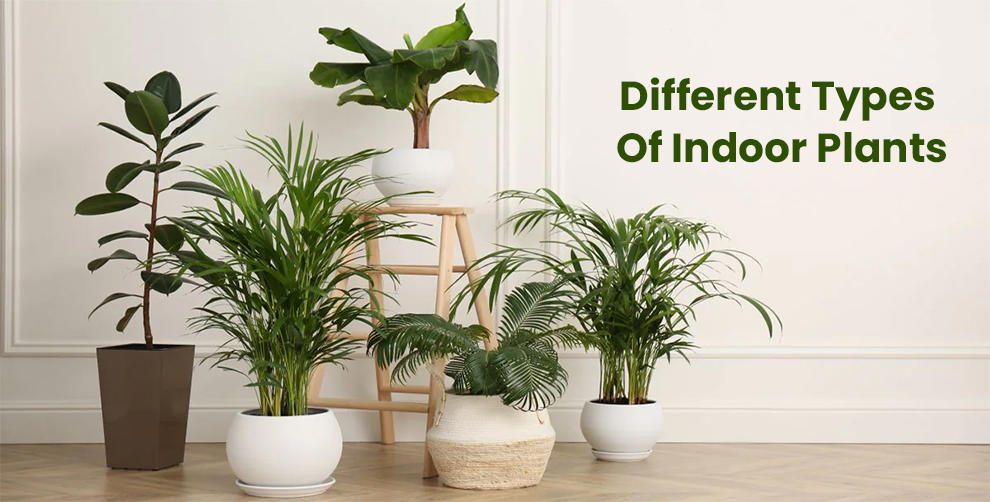
Indoor plants are a great way to bring life and beauty into your home. They not only enhance the aesthetic appeal of your surroundings but also provide several health benefits like improving air quality, reducing stress levels, and boosting productivity.
For a plant variety to thrive indoors, you need a plant that will do well under conditions like partial sunlight and a limited amount of soil.
Some popular types of indoor plants that are commonly found in houses and offices are Peace lilies, Fiddle leaf figs, Boston ferns, Money plants, Lucky bamboo, and Golden Pothos to name a few.
These indoor plants not only act as a cost-effective interior décor but also provide physical and mental health benefits by purifying oxygen, reducing stress levels, and so on.
Here, we will learn about various categories of indoor plants based on their size, appearance, purpose, and utility. We would also do a comprehensive study of some of the examples of each category of plants.
Best Indoor Houseplants of Different Types
- Indoor Plants for Oxygen – Air Purifying Plants
- Large Indoor Plants
- Best Indoor Flowering Houseplants
- Low-Maintenance Indoor Plants
- Best Plants For Bedroom
- Indoor Succulents
- Pet Safe Houseplants
There are many different varieties of indoor plants to choose from, each with its unique characteristics and benefits.
Some popular indoor plants include succulents, which are known for their ability to store water and require minimal watering; tropical plants like the peace lily and spider plant, which thrive in warm and humid environments; and flowering plants like orchids and African violets, which can add a pop of color to any room.
Let us look at indoor houseplants that serve different purposes.
A. Indoor Plants for Oxygen – Air Purifying Plants
Air-purifying indoor plants can help improve the quality of air in your home or office by removing pollutants and toxins from the air.
These plants can help remove pollutants such as formaldehyde, benzene, and trichloroethylene from the air. Here are some of the different types of indoor plants with air-purifying properties:
Peace Lily

Peace lilies are relatively easy to care for and can thrive in low to medium light, making them a great option for beginners or those without access to direct sunlight.
Additionally, they are known to help remove harmful toxins from the air, making them a popular choice for improving indoor air quality.
The Spider Plant
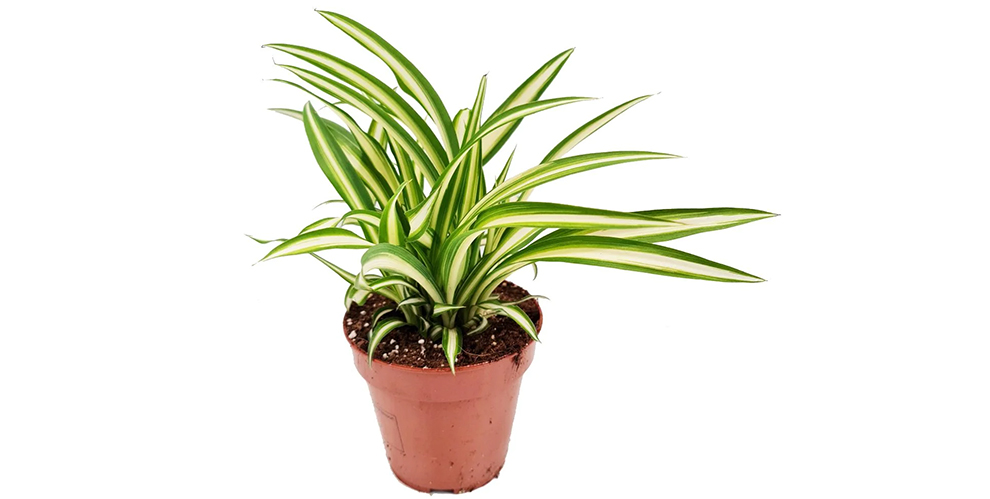
It is another one of indoor plant varieties with air-purifying properties. It is a resilient and easy-to-care-for plant that has been found to effectively remove toxins such as formaldehyde and xylene from the air.
In addition to its air-purifying benefits, the Spider Plant is also known for its ability to help regulate humidity levels in the home. It prefers bright, indirect light but can also tolerate lower light conditions.
Golden Pothos/Money Plant
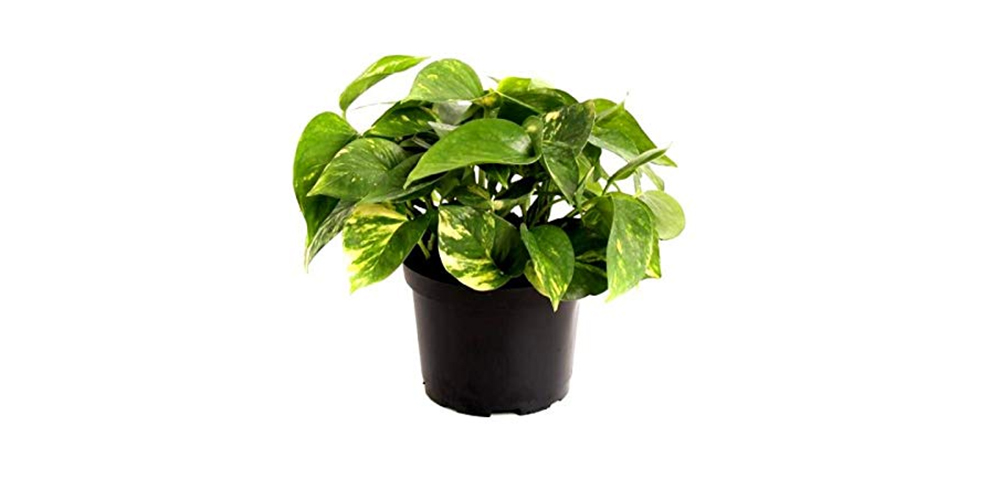
Often referred to as ‘Money Plant’ or ‘Devil’s Ivy’, this plant is known for its heart-shaped leaves that are variegated with shades of green and yellow.
Golden Pothos is a low-maintenance plant that thrives in a variety of lighting conditions and can grow quickly in the right conditions. It is often used as an indoor plant and is popular for its air-purifying qualities.
Some other plants that have air-purifying properties include Snake Plant, Areca Palm, Boston Fern, Bamboo Palm, and English Ivy.
B. Large Indoor Plants
Large indoor plants are a great way to add style, beauty, and functionality to your indoor space. These types of indoor plants can help to absorb sound and reduce noise levels.
This is particularly useful in areas with high levels of noise pollution, such as near busy roads or in apartments with thin walls. These plants also regulate the humidity levels in your home, which can be beneficial for your respiratory system and overall health.
The Fiddle Leaf Fig
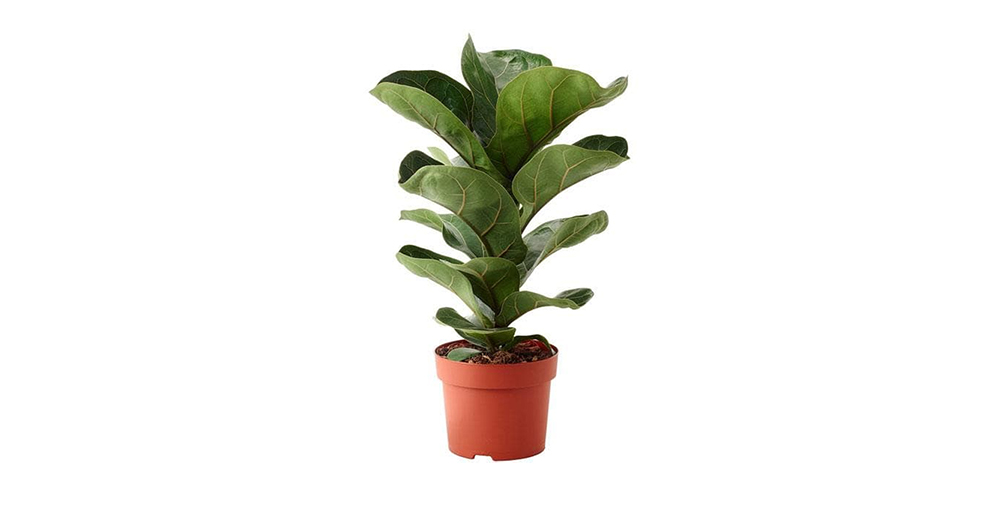
This is a popular houseplant that is native to western Africa. It has large, fiddle-shaped leaves, and can reach a height of up to 6 feet indoors.
Fiddle leaf figs prefer bright, indirect light and moderate watering. They should be placed in a spot with plenty of natural light but away from direct sunlight, which can scorch their leaves.
Rubber Plant
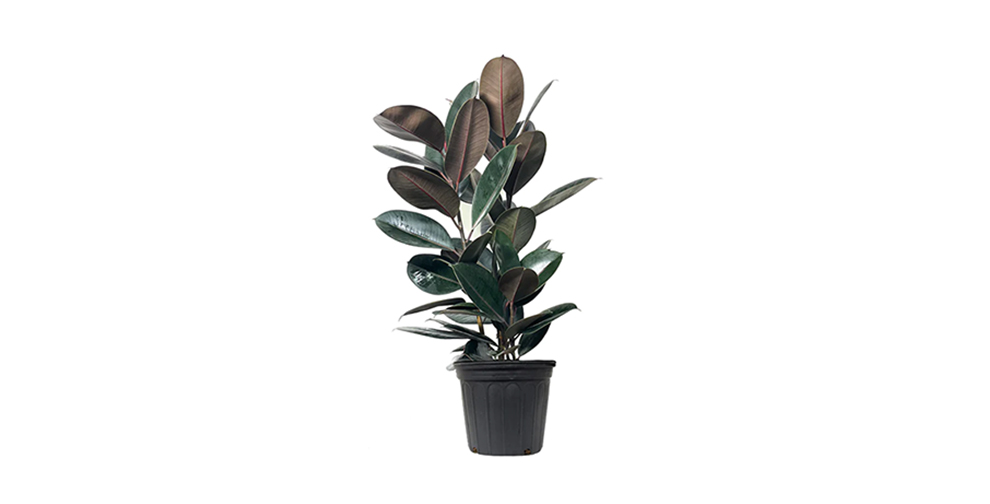
The rubber plant has glossy, dark green leaves and can grow up to ten feet tall. It’s a great choice for filling a large corner or adding texture to a room. Rubber plants prefer bright, indirect light which is why they are ideal as indoor plants.
Water your rubber plant when the top inch of soil feels dry to the touch. Avoid overwatering, as this can lead to root rot. It’s better to be underwater than overwater.
Monstera deliciosa
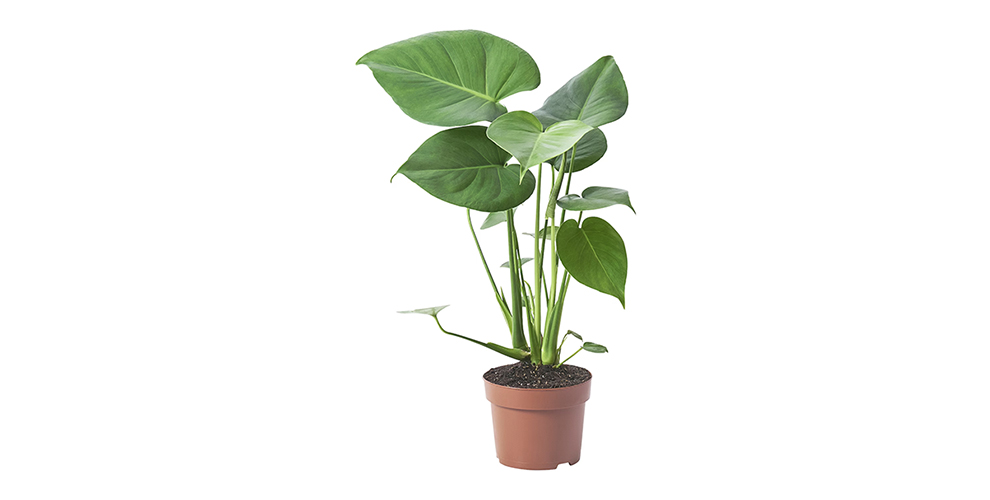
The Monstera deliciosa, also known as the Swiss cheese plant, has large, glossy, perforated leaves. It can grow up to eight feet tall. Monstera deliciosa is a popular houseplant, valued for its attractive foliage and relatively easy care requirements.
It prefers bright, indirect light and moderate moisture, and can be propagated from stem cuttings or by dividing the root ball.
Some other large indoor plants are Aloe Vera, Chinese Evergreen, Umbrella plant, Majesty Palm, and Bird of Paradise.
C. Best Indoor Flowering Houseplants
Indoor flowering plants are plants that can bloom and thrive indoors, making them ideal for adding color and beauty to your home or office.
When choosing indoor flowering plants, it’s important to consider the amount of light and humidity in your home, as well as the amount of care and attention you can give to the plants.
Some indoor flowering plants require more frequent watering and fertilizing than others, and some may be more susceptible to pests or diseases. The different types of indoor plants that produce vibrant flowers are:
Goldfish Plant
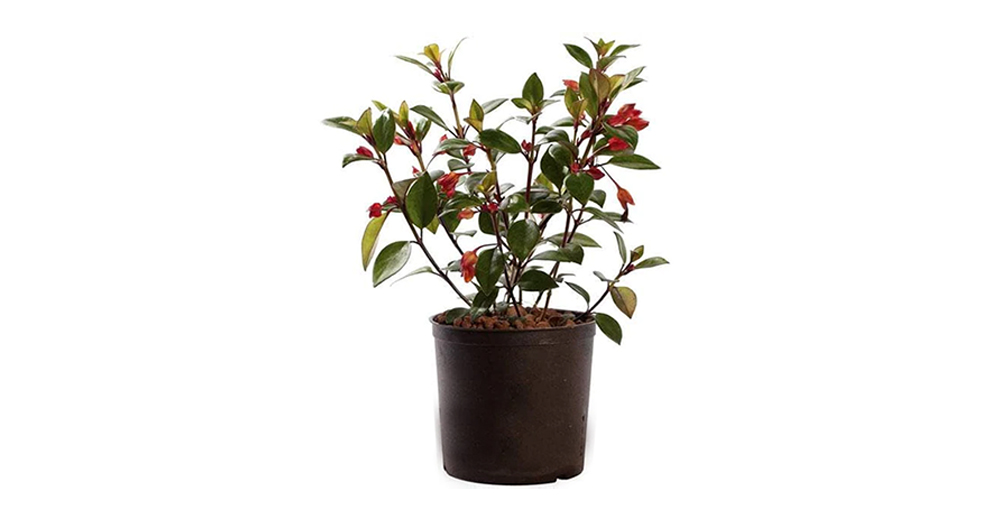
The goldfish plant is a tropical flowering plant. It is a popular houseplant because of its unique, ornamental appearance and easy care requirements. It gets its name from the bright orange or red, goldfish-shaped flowers that bloom from it.
The plant prefers bright, indirect light and moderate humidity. It should be watered regularly, but not overwatered, as they are prone to root rot.
Cyclamen Plant
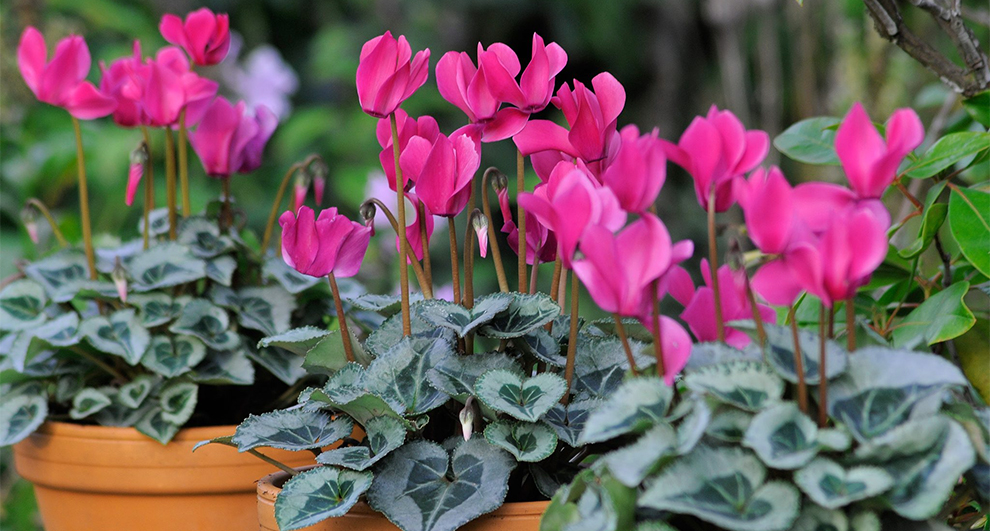
The plant has heart-shaped leaves and produces delicate, fragrant flowers that range in color from white to deep red. Cyclamen plants are typically grown as houseplants.
They require well-draining soil and should be watered sparingly, allowing the soil to dry out slightly between watering. Cyclamen plants prefer cool temperatures and should be kept away from direct sunlight and heat sources.
Christmas Cactus

Christmas cacti are popular indoor plants that bloom around the winter holidays. They have beautiful pink, white, or red flowers that add a festive touch to any home. They prefer bright, indirect light, and should be watered when the top inch of soil is dry to the touch.
They should also be kept in a well-draining soil mix and can benefit from occasional fertilization during their growing season.
Some other popular examples of indoor flowering plants include peace lilies, orchids, African violets, begonias, and Bromeliads.
D. Low-Maintenance Indoor Plants
These are considered to be the best indoor houseplants because they are extremely low maintenance. These types of plants require minimal watering, pruning, and fertilizing, making them perfect for busy people or those who are new plant parents.
These plants can add a touch of greenery to any indoor space while also providing numerous health benefits, such as improving air quality and reducing stress levels.
Zanzibar Gem (ZZ Plant)
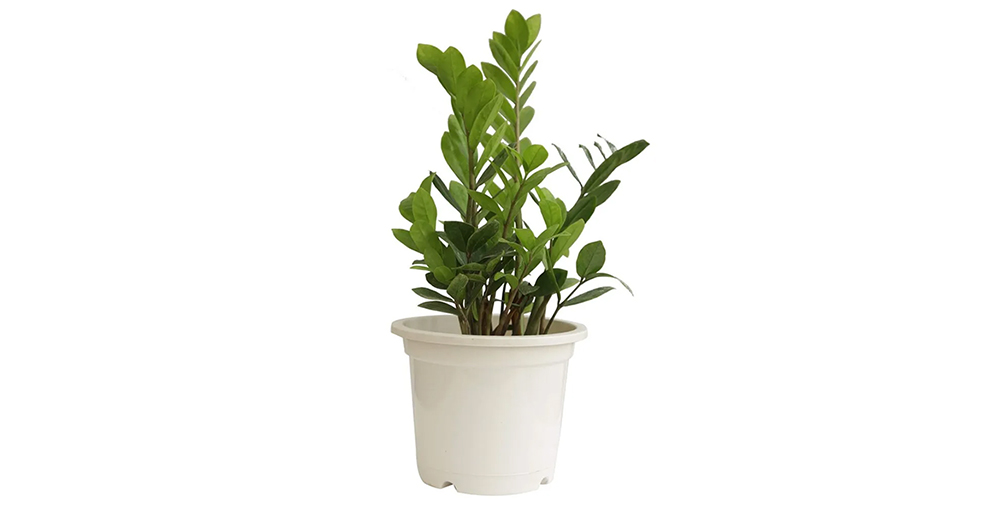
It has shiny, dark green leaves and is a popular houseplant due to its easy care requirements and ability to thrive in low-light conditions.
It is a drought-tolerant plant that doesn’t require frequent watering and is relatively pest-resistant. It is important to note that the plant is toxic to pets if ingested, so it should be kept out of reach of dogs and cats.
Lucky Bamboo
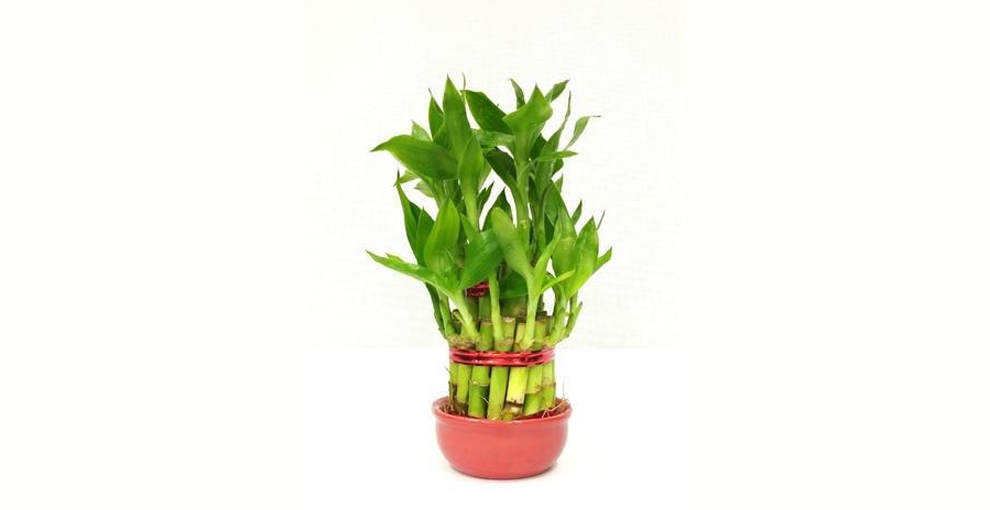
It is known for its long, slender stems and small, bright green leaves that give it a delicate and elegant appearance. Lucky Bamboo is believed to be a symbol of good luck, prosperity, and fortune in Chinese culture.
Lucky Bamboo is relatively easy to care for and can be grown in water or soil. It prefers bright, indirect sunlight and should be kept in a container with enough water to cover the roots. The water should be changed every two weeks to prevent the growth of algae.
The Snake Plant
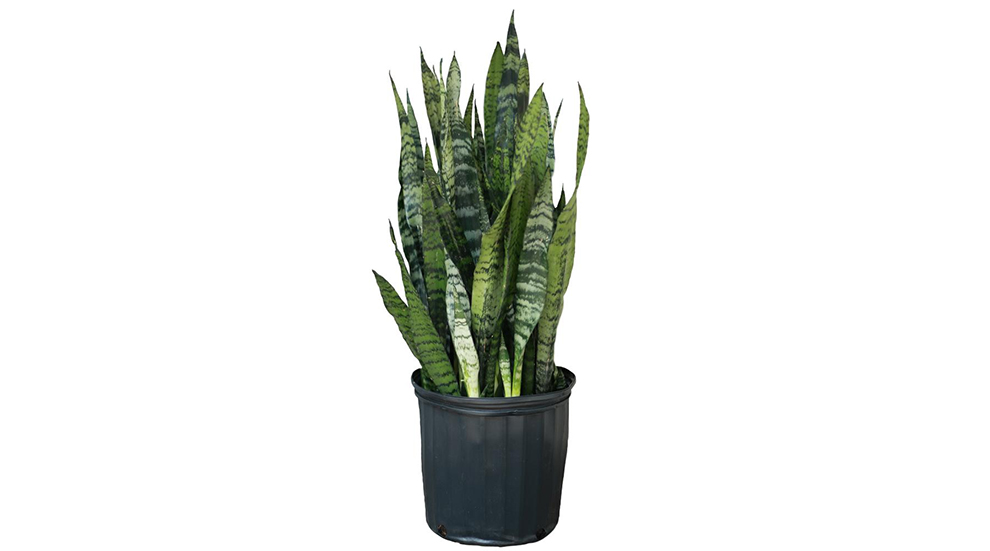
It is a popular low-maintenance indoor plant. Snake plants are hardy and can tolerate a wide range of growing conditions, including low light and infrequent watering. They have tall, upright leaves that grow in a rosette pattern and come in a variety of colors and patterns, from dark green to variegated.
Some examples of low-maintenance indoor plants include Pothos, spider plants, and peace lilies.
E. Best Plants For Bedroom
There are several kinds of indoor plants when it comes to choosing the right kind of plant for the bedroom. These plants are known for their air-purifying properties, which can help to improve the air quality in your bedroom while you sleep.
The Chinese Money Plant
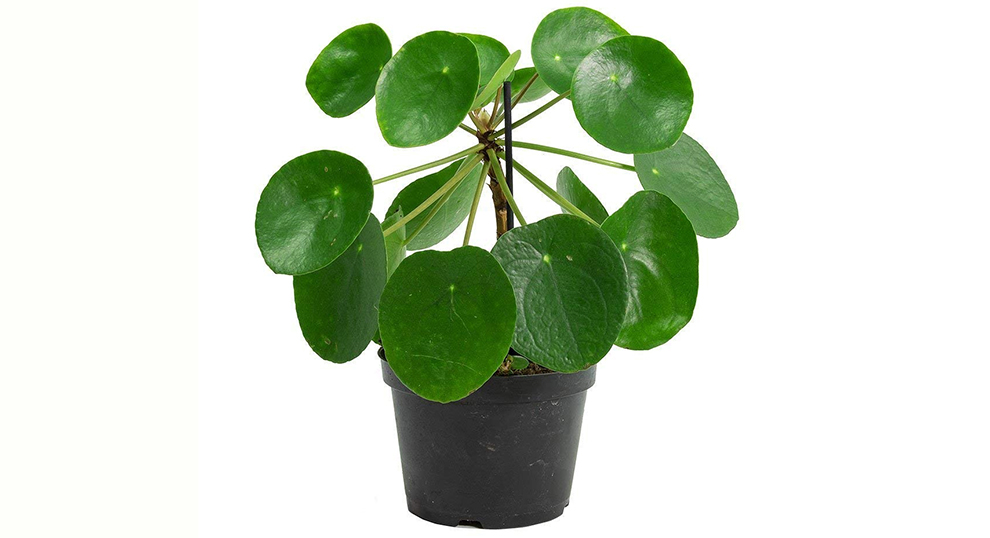
The leaves of this plant are usually bright green and have a distinctive circular shape, with a slightly raised texture.
In addition to its aesthetic appeal, the Chinese Money Plant is also believed to bring good luck and prosperity to its owners and is therefore an ideal plant to be kept in bedrooms.
The Bamboo Palm
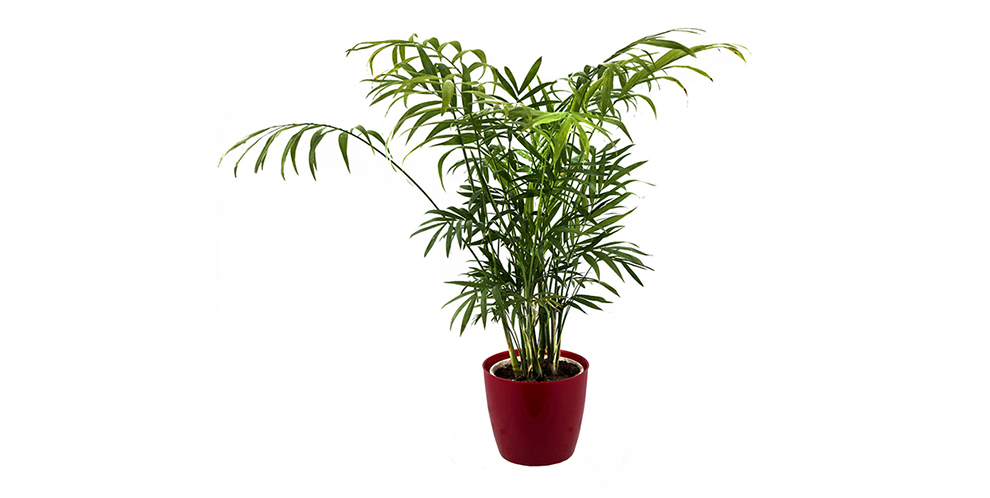
It is among the best indoor houseplants to keep in one’s bedroom. Like many other plants, bamboo palms are known for their ability to purify the air and improve indoor air quality, which can help create a more relaxing and healthy environment in the bedroom.
Bamboo palms also have a calming and soothing effect, thanks to their lush green foliage and tropical appearance, which can help reduce stress and promote better sleep.
English Ivy
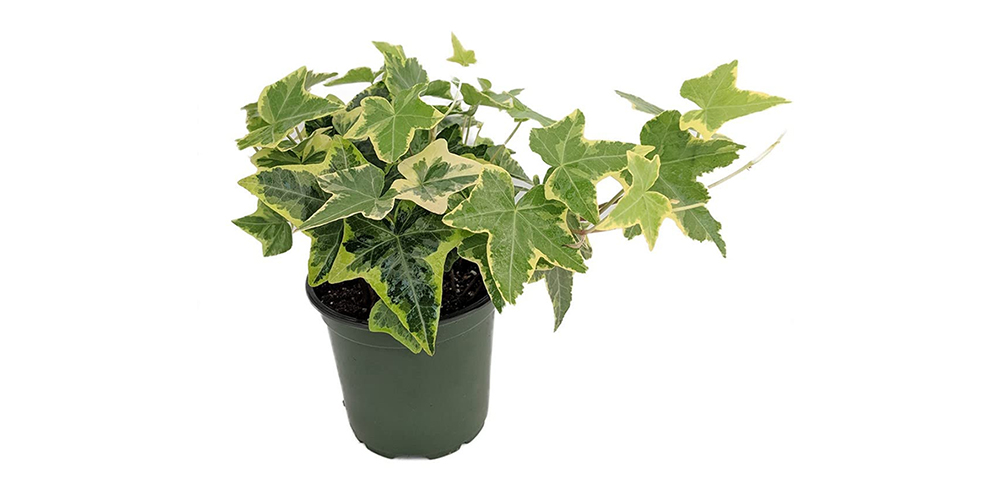
English ivy is an attractive plant that can help improve air quality by removing airborne toxins such as mold and formaldehyde. It is also known for its ability to reduce levels of airborne mold and can promote better respiratory health.
English ivy can thrive in low to medium light conditions and prefer to be kept slightly dry, making it a great option for bedrooms.
Some other plants that one can consider keeping in their bedroom include snake plants, Lavender plants, Pothos, spider plants, and peace lilies.
F. Indoor Succulents
Indoor succulent plants are a popular choice for many plant enthusiasts due to their low maintenance and unique appearance. These plants are well-suited to indoor environments as they require minimal watering and can tolerate a range of temperatures and lighting conditions.
Echeveria
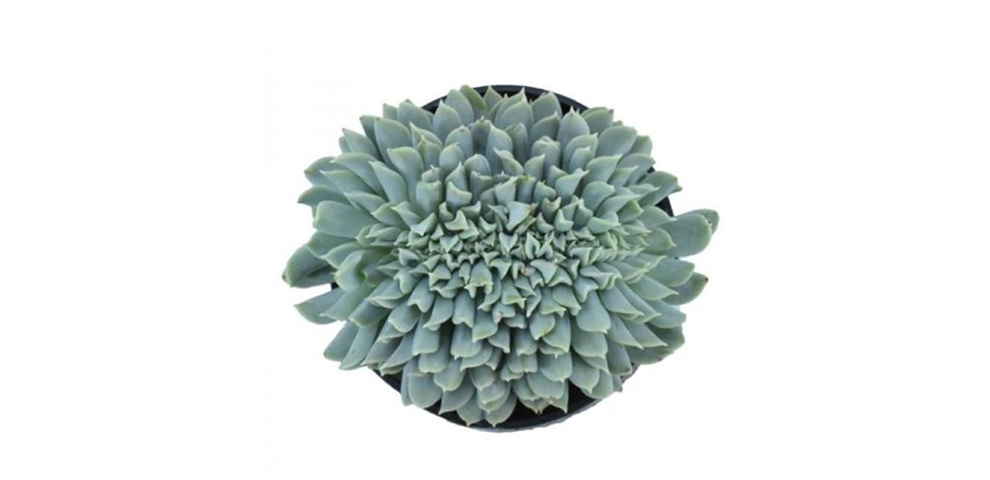
Echeverias are a type of rosette-shaped succulent with thick, fleshy leaves that come in a variety of colors such as green, blue, pink, and purple. They are often grown in small pots and can be clustered together to create a beautiful display.
Echeverias prefer bright, indirect light and well-draining soil. They do not require frequent watering and should be allowed to dry out between waterings.
Aloe-Vera

Aloe-Vera is a popular succulent known for its healing properties. It has long, pointed leaves that are filled with a clear gel-like substance that can be used to soothe burns and other skin irritations.
Aloe-Vera plants prefer bright, indirect light and well-draining soil. They should be watered deeply but allowed to dry out between waterings to avoid root rot.
Jade plant
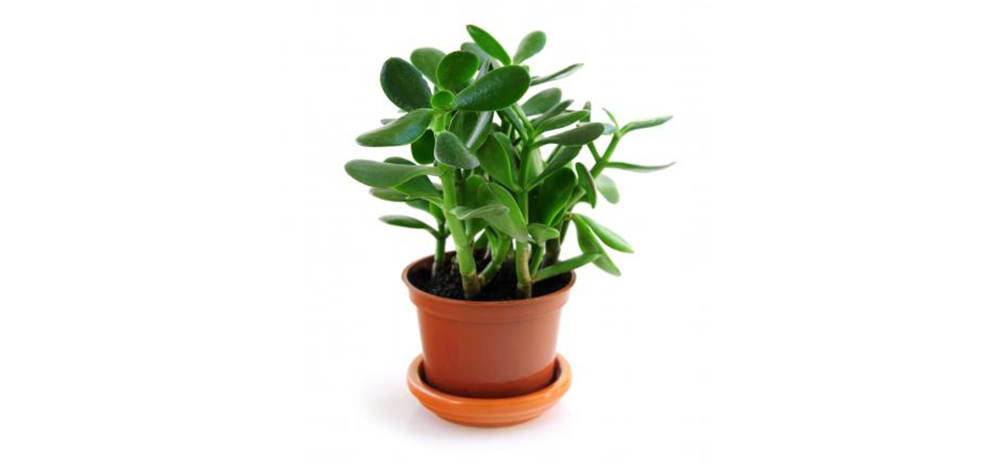
Jade plants are a type of tree-like succulent that can grow up to three feet tall. They have thick, glossy leaves that store water, making them drought-tolerant and easy to care for.
Jade plants prefer bright, indirect light and well-draining soil. They should be watered deeply but allowed to dry out between waterings.
Some other popular succulent indoor plant varieties are Crassula, Haworthia, String of pearls, Sedum, and Kalanchoe.
G. Pet Safe Houseplants
When it comes to keeping pets and plants in the same household, it’s important to choose house plants that are safe for your furry friends.
Some common houseplants can be toxic to pets and cause a range of symptoms, from mild irritation to more serious health issues. Always do your research and consult with a veterinarian before introducing a new plant into your home to ensure that it is safe for your pets.
Parlour Palms
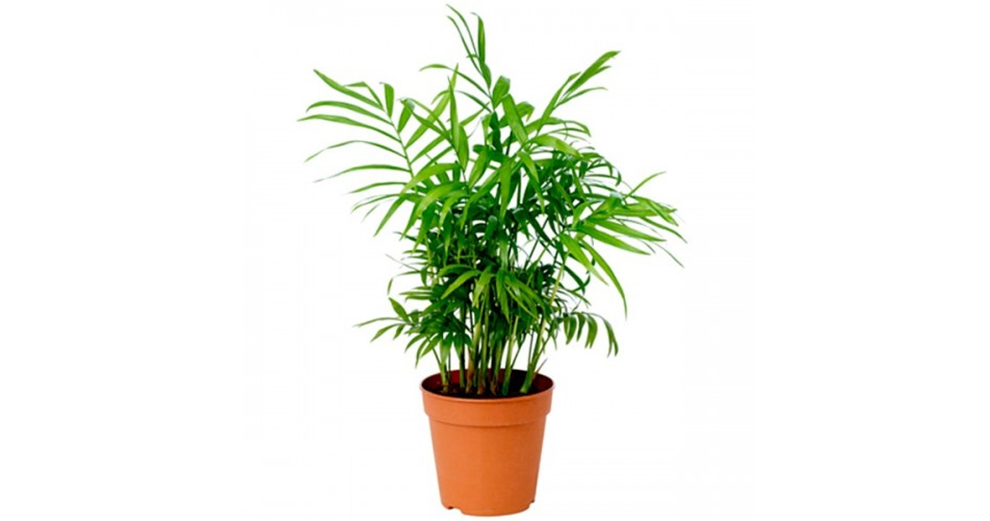
Parlour Palms prefer bright, indirect sunlight, and well-draining soil. They should be watered when the top inch of soil feels dry to the touch, but should not be overwatered, as this can lead to root rot.
Parlour Palms are generally considered to be pet-safe. They are non-toxic to cats, dogs, and other household pets.
Friendship plants
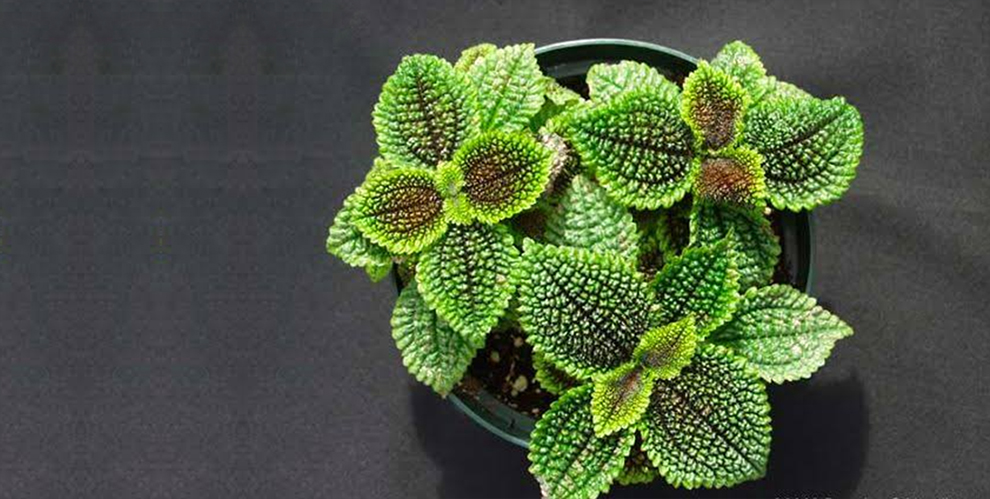
These plants have a unique appearance, with round, flat leaves that grow on long, thin stems. They are relatively easy to care for, can thrive in a variety of environments, and are one of the best indoor houseplants for homes with pets.
They are not known to be toxic or harmful if ingested by animals.
Boston Fern
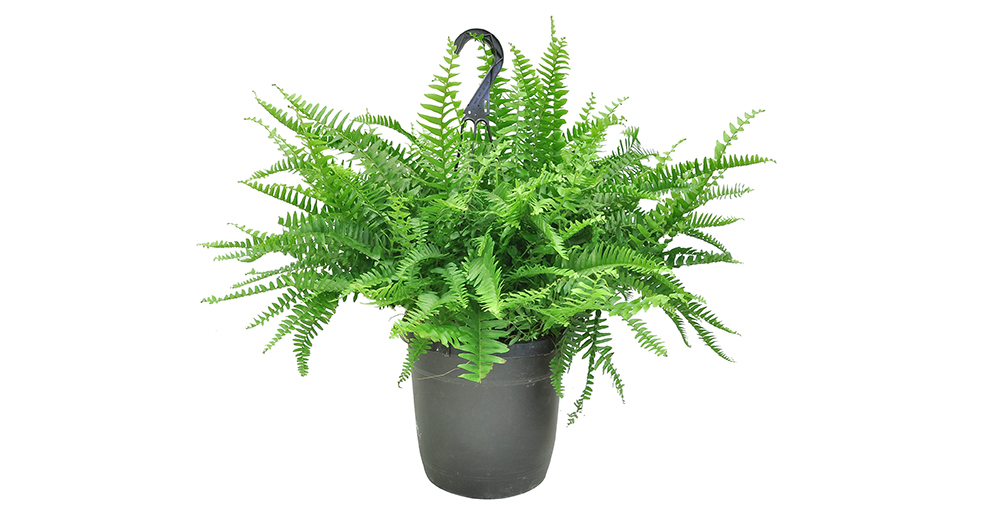
Boston ferns are another pet-friendly option that is known for their lacy fronds and are often used as decorative plants. They thrive in bright, indirect light and high humidity.
Boston ferns require consistent watering to keep their soil moist, but they should never be allowed to sit in standing water. They are non-toxic to pets and safe for both cats and dogs.
Some other indoor plant varieties that are pet safe are African Violets, Spider plants, Cast Iron, and Polka dots plant.
Related: Indoor Water Houseplants| Types of Bamboo Houseplants
How Do I Identify My Indoor Plants?
Identifying indoor plants can be a fun and rewarding experience. Here are some steps you can follow to identify your indoor plants:
Look for identifying features: Take a close look at the plant and look for identifying features such as the shape and size of the leaves, the texture of the leaves, the color of the flowers, and the shape and size of the stem.
Use a plant identification app: There are many plant identification apps available that can help you identify different types of indoor plants. Simply take a picture of your plant and the app will provide you with information on the plant species, care tips, and more. Some popular plant identification apps include PlantSnap, PictureThis, and iNaturalist.
Ask an expert: If you’re still having trouble identifying your plant, ask experts. You can take your plant to a local nursery or garden center and ask for help identifying it.
What Are The Easiest Indoor Houseplants To Keep Alive?
Some kinds of indoor plants that are generally low maintenance and easy to care for are Snake Plants, Pothos, and ZZ Plant. Keep in mind that even low-maintenance plants will require some care and attention, so it’s important to read up on the specific needs of any plant before bringing it home.
Care Tips for Indoor Plants
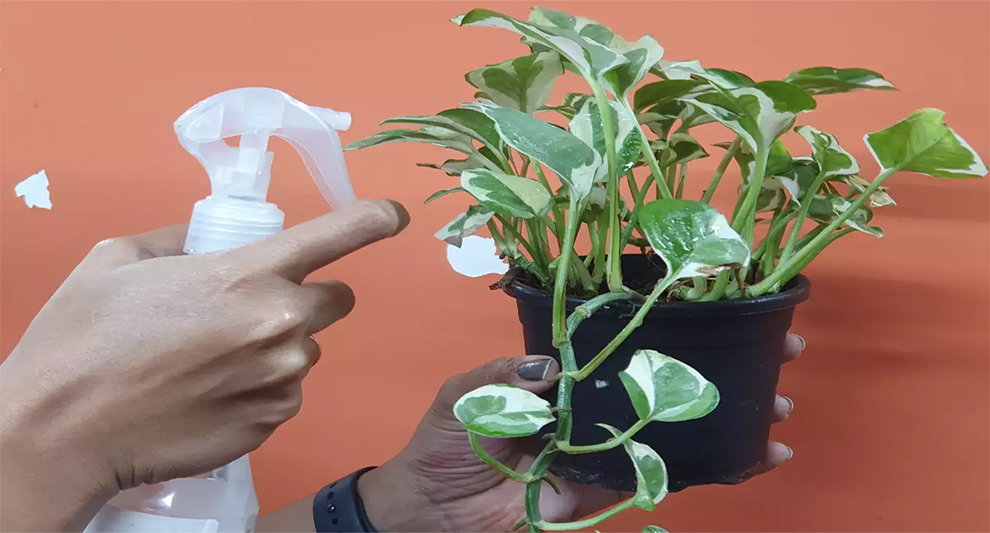
Here are some care tips that are common for all indoor plant varieties:
- Make sure to place your plants in the right spot based on their light requirements.
- Most indoor plants like to be watered when the top inch of soil feels dry to the touch. Always use room temperature water and avoid using chlorinated water, as it can harm your plants.
- Most types of indoor plants prefer a humid environment, especially during winter months when indoor heating can dry out the air. You can increase humidity by placing a tray of water near the plants or using a humidifier.
- Indoor plants will outgrow their pots eventually. You should repot your plant when it becomes root-bound, which means the roots have filled the pot and are growing out of the drainage holes.
- Keep an eye out for pests like spider mites, mealybugs, and scale insects. If you spot any pests, remove them immediately and treat the plant with insecticidal soap.
- Dust can accumulate on the leaves of your plants, which can block their ability to absorb light. Wipe the leaves of your plants with a damp cloth or sponge to keep them clean.
By following these care tips, you can keep your indoor plants healthy and happy.
